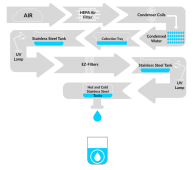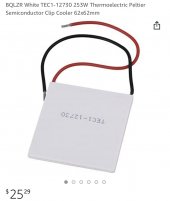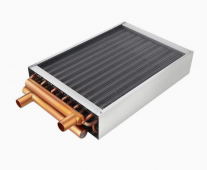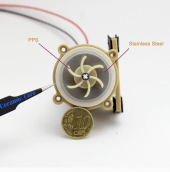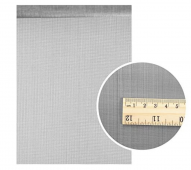WildernessMan
New Member
- Joined
- May 5, 2021
- Messages
- 8
My bestie and I have been trail building in the wilderness for quite a number of years. We have developed this one trail and cleared out a large area of undergrowth on the top of a majestic coastal mountain with an awesome view and call it Red Corn Camp. There is no water supply on the top of a mountain. I've been obsessing about using solar power to power a dehumidifier to collect water from the air, and then possibly drill a hole in the tank and run a tube out of it to a large 5 gallon tank we then run through a water filter for drinkable water. Every component in this mix would need to be hiked in. There are those flexible solar panels. Would they be sufficient to power a dehumidifier?
After looking at many dehumidifiers for sale, I focused on this model which appears to take a 12v input: https://www.bestbuy.com/site/spt-sd...d-ti02-black-platinum/3933091.p?skuId=3933091
I believe the flexible solar panels rated at 100 - 130 watts mostly output at 12v. But would I need several of them to power this one device? I don't really know how to work this out. The specifications do not indicate wattage or amperage requirements.
As far as water filter is concerned, I realize that end of this topic is likely out of range of the expertise here, but so that you know, my idea would utilize a double liner nearly indestructible 5 gallon water tank that is designed to use an in-line filter like a Sawyer filter, and then drain into another 5 gallon tank. It could be suspended by a tree branch, which is what we do on some backpacking trips. We normally fill one 5 gallon tank, then hang it up, put the filter on the bottom, hang another tank underneath and then turn the spigot on to the water filter and let it just gravity feed the bottom tank. We would use the same concept.
Likely we would tie the solar panels up to tree branches and have it suspended near the canopy between two trees and place the dehumidifier above the top 5 gallon tank.
What I would like to know is how do I figure out the power needs. Do I need only one solar panel or more than one?
And also I'd like to know if anyone else has done anything like this before. And if you did, what did you do? Have any advice on which panels and which dehumidifier would be best? Everything has to be hiked in. I can't being flat bulky panels they are too big and too heavy. Not sure if the flexible ones could be rolled up and stuffed in a backpack or not. Maybe I'd have to tie them onto the back of my backpack and let them drape down.
After looking at many dehumidifiers for sale, I focused on this model which appears to take a 12v input: https://www.bestbuy.com/site/spt-sd...d-ti02-black-platinum/3933091.p?skuId=3933091
I believe the flexible solar panels rated at 100 - 130 watts mostly output at 12v. But would I need several of them to power this one device? I don't really know how to work this out. The specifications do not indicate wattage or amperage requirements.
As far as water filter is concerned, I realize that end of this topic is likely out of range of the expertise here, but so that you know, my idea would utilize a double liner nearly indestructible 5 gallon water tank that is designed to use an in-line filter like a Sawyer filter, and then drain into another 5 gallon tank. It could be suspended by a tree branch, which is what we do on some backpacking trips. We normally fill one 5 gallon tank, then hang it up, put the filter on the bottom, hang another tank underneath and then turn the spigot on to the water filter and let it just gravity feed the bottom tank. We would use the same concept.
Likely we would tie the solar panels up to tree branches and have it suspended near the canopy between two trees and place the dehumidifier above the top 5 gallon tank.
What I would like to know is how do I figure out the power needs. Do I need only one solar panel or more than one?
And also I'd like to know if anyone else has done anything like this before. And if you did, what did you do? Have any advice on which panels and which dehumidifier would be best? Everything has to be hiked in. I can't being flat bulky panels they are too big and too heavy. Not sure if the flexible ones could be rolled up and stuffed in a backpack or not. Maybe I'd have to tie them onto the back of my backpack and let them drape down.



